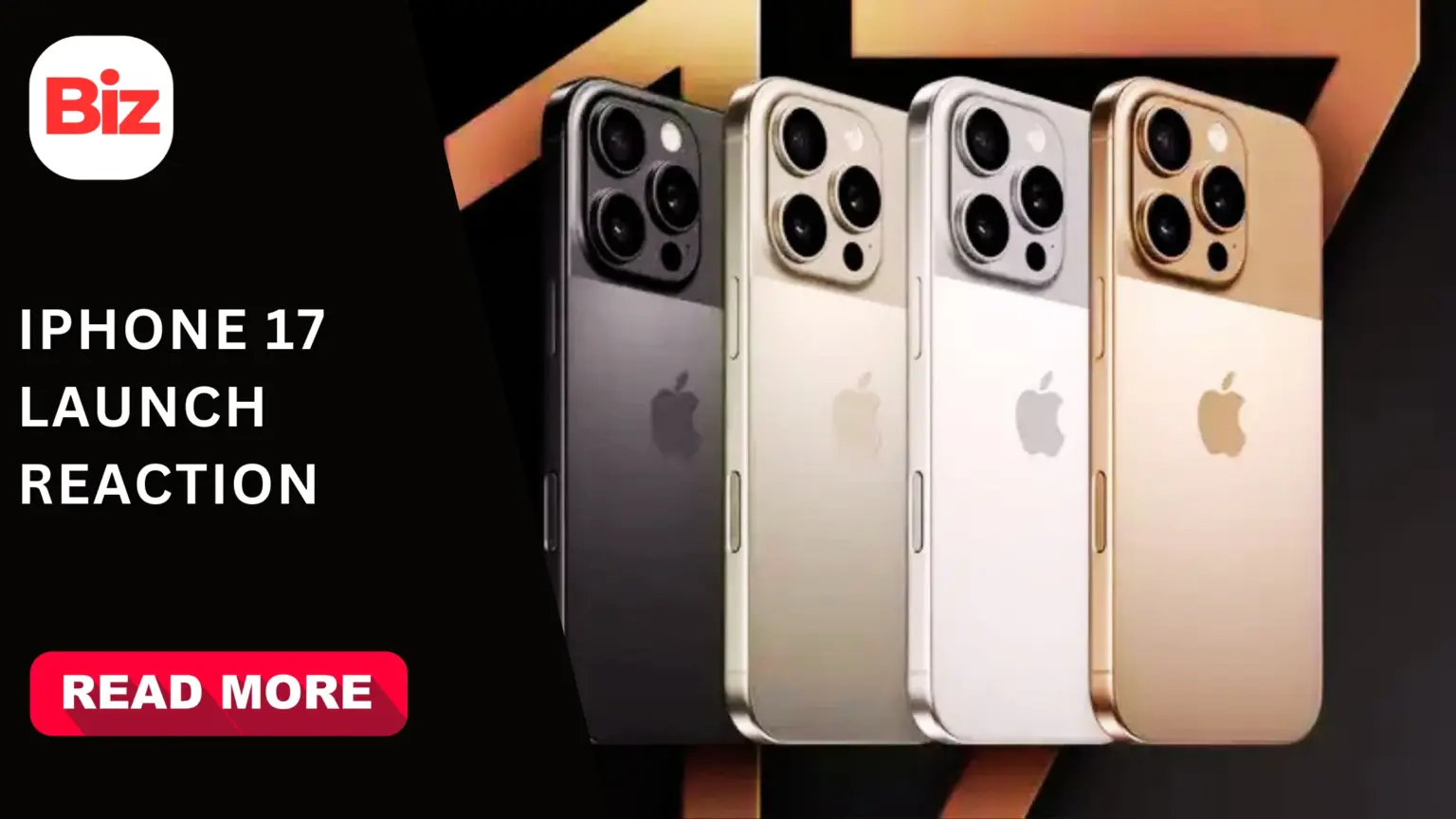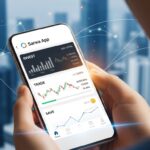Apple unveiled its newest handset with fanfare. Yet the reaction from markets and many buyers proved muted. Investors sold shares heavily. Consumers debated whether to upgrade. The core reasons run from product strategy to margins and timing.
Wall Street reacted fast. Over two days, the company lost roughly $112 billion in market value after the event. Traders and analysts read the sell-off as more than routine profit-taking. They saw it as a signal that Apple must show clearer growth drivers.
On the product side, Apple leaned into camera, display, and performance improvements. The company introduced a Center Stage front camera and a 48MP Fusion camera system on the rear sensors. Apple also highlighted a bigger Super Retina XDR display, ProMotion, and the A19 family of chips. The firm framed these as practical, everyday upgrades.
Market Reaction and Investor Concerns
Still, many buyers felt disappointed. The new phones improved core features, but they lacked a single transformative breakthrough. Widespread leaks ahead of the keynote diluted the surprise. That reduced the emotional lift that usually drives fast upgrades. Investors homed in on Apple’s AI timetable. Markets noted that Apple pushed a major Siri overhaul into 2026. For investors who expect AI to be a primary growth engine, that delay undercuts the bullish case. The lack of a bold AI narrative made the event feel conservative rather than catalytic.
Tariffs complicated the picture. Apple told the market it would absorb more than $1 billion in tariffs instead of raising retail prices. That move shields buyers from immediate sticker shock. But it also raised investor worries that margins could compress if costs keep rising.
Apple set clear pricing tiers on its store pages. The entry model starts at $799. The new “Air” variant begins at $999, and the Pro model starts at $1,099. Apple also raised the entry storage to 256GB as the default. Those decisions reflect a strategy to protect high-end margins while keeping entry points for a wider cohort of buyers.
Mixed Reactions to Pricing and Tariffs
That said, absorbing tariffs drew mixed reactions. Consumers and commentators praised Apple for not passing costs to buyers. Investors became more concerned, however. They feared that margin protection for customers could translate into short-term earnings pressure if cost headwinds persist.
Design became a flashpoint. Apple emphasized thinner borders, contoured edges, and a tougher Ceramic Shield 2 front cover. Reviewers and social commentary split. Some applauded refinements; others criticized proportions or visual choices on certain models. That debate heightened the impression that the launch delivered polish rather than a new design language.
The product mix raised another question. Apple now offers several distinct models across price and capability bands. That breadth helps reach more buyers. It also blurs the upgrade calculus for people who already own recent models. Many owners of the previous couple of generations may find little that compels an immediate switch.
Design and Product Strategy
Marketing momentum suffered from leaks and the “sell-the-rumor, buy-the-news” cycle. With several headline features revealed before the keynote, the event lacked a surprise element that typically lifts demand. Early retail indicators and pre-order chatter pointed to steady interest, not the kind of frenzy some investors hoped would justify a valuation premium.
Apple stressed camera software, everyday utility, and longer battery life. It pushed Dual Capture, new Photographic Styles, and more flexible front-camera framing for selfies and video. Apple’s argument rests on real, visible benefits to users. Yet investors were looking for disruptive signals that would change the growth outlook.
Competitive Context and Market Expectations
The broader market context matters. Rivals and AI-focused companies delivered outsized gains this year. By contrast, Apple lagged in that comparison. That divergence raised expectations that the phone launch would include a convincing AI or services pivot. Traders concluded the event did not meet that bar.
What buyers will likely do next is mixed. A meaningful share will upgrade for the camera, display, or extra storage. Apple’s trade-in programs and carrier deals also reduce friction. But the immediate urgency to upgrade across the installed base looks lower than in cycles that carried clear, headline innovations.
Buyer Upgrade Behavior and Investor Outlook
Investors, meanwhile, will watch several signals. They will monitor sell-through in the holiday quarter, pre-order trends, and how carrier promotions convert into full-price sales. They will also focus on margins, services growth, and any faster-than-expected AI milestones from Apple. Analyst downgrades and target cuts already reflected the market’s short-term caution.
Execution Strength and Long-Term Value
Where Apple remains strong is in execution. The company improved scratch resistance, boosted base storage, and upgraded chip performance. Apple also retains a tightly integrated hardware-software ecosystem and a deep services base that helps monetize users over time. Those advantages support steady long-term value even when single product cycles disappoint.
Where Apple must prove itself is in narrative and differentiation. Investors seek clearer evidence that Apple will convert device strength into new revenue vectors and margin resilience. Faster, visible AI integration on devices and in services would answer many current investor concerns. For buyers, Apple must make the upgrade decision feel unavoidable rather than optional.
A closer look at cost and offers makes the picture clearer. Apple listed special carrier credits and trade-in deals that materially reduce the effective iPhone 17 price for many shoppers. Those promotions make upgrades cheaper for qualifying customers and influence near-term sell-through rates.
IPhone 17 Design
Design details also deserve a final note. Apple showcased thinner borders, contoured edges, and Ceramic Shield 2. Those choices shape the public view of the iPhone 17 design and support claims about durability and usability. For buyers who care about look and feel, such specifics matter a great deal.
Conclusion
Apple released solid, well-engineered devices. The hardware improvements will satisfy many users. But the market expected a bolder message about the company’s future growth drivers and AI credentials. Add tariff absorption and widespread leaks, and the emotional and investor lift from the event diminished. Those combined factors explain why the iPhone 17 rollout prompted disappointment among some buyers and prompted a sharp investor response.








